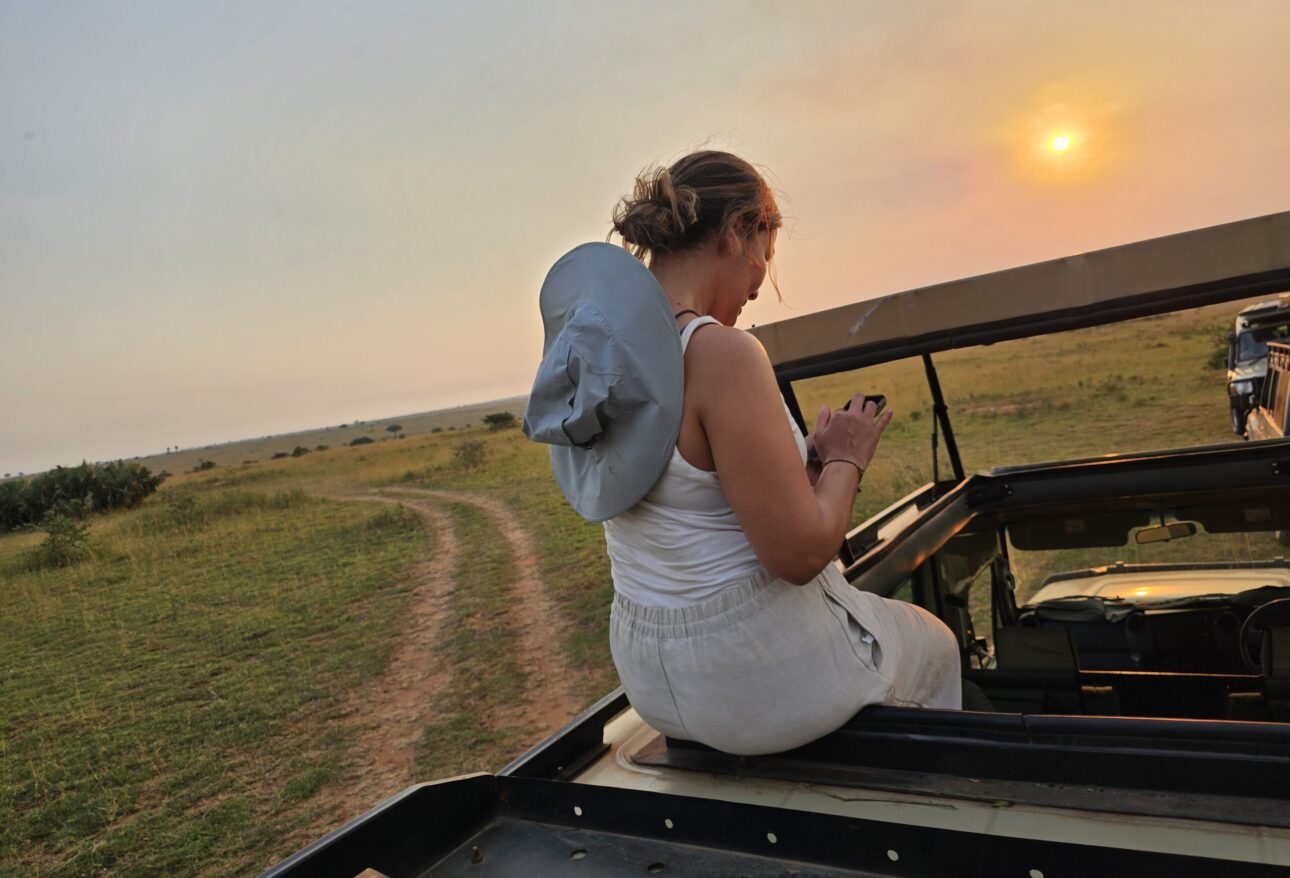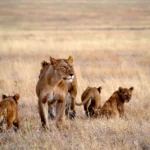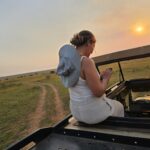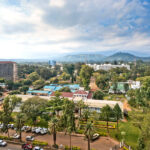Tanzania is one of the world’s premier safari destinations, renowned for its incredible wildlife, stunning landscapes, and iconic Big Five animals — lions, elephants, buffaloes, leopards, and rhinoceroses. Planning your safari at the right time can make all the difference between an unforgettable adventure and a crowded, less rewarding experience. Here’s a guide to help you choose the best time for a safari in Tanzania, so you can avoid the crowds and maximize your chances of seeing the Big Five.
Understanding Tanzania’s Climate and Seasons
Tanzania’s climate is broadly tropical, with two main rainy seasons and two dry seasons that influence wildlife behavior and visibility.
-
Long rains: March to May
-
Short rains: November to December
-
Dry season: June to October (cool and dry)
-
Hot dry season: January to February
Knowing these seasons helps you pick the ideal time for wildlife viewing.
Why Timing Matters
During the rainy seasons, many roads become muddy and difficult to navigate, and some parks may restrict access. However, the landscape is lush, and many animals have newborns, making it a beautiful but sometimes challenging time for safaris.
The dry season is generally considered the best for wildlife spotting because animals congregate around waterholes and rivers, making them easier to find.
Best Months to Visit Tanzania for Safari
June to October – Peak Wildlife Viewing and Dry Season
This is the most popular time for safaris in Tanzania and for good reason:
-
Wildlife Concentration: The dry weather means water is scarce, so animals gather around permanent water sources, improving your chances of spotting the Big Five.
-
Great Migration: From July to October, the Great Migration of wildebeest and zebras moves through the Serengeti, an awe-inspiring spectacle.
-
Clear Skies: The dry, sunny days make for great game drives and photography.
Drawback: This is the busiest time, so parks and lodges can be crowded, and prices are at their peak.
January to February – Hot and Dry Season
-
Good Game Viewing: Although hotter, animals are still relatively easy to spot, especially early mornings and late afternoons.
-
Newborn Wildlife: Many animals give birth around this time, providing unique wildlife viewing opportunities.
-
Fewer Tourists: Compared to the June-October period, this time is less crowded.
Avoiding the Crowds: The Shoulder Seasons
-
Late October to Early December: Just after the long rains, the landscape is green, the rivers are flowing, and the parks are quieter.
-
February to March: Right before the long rains, the parks are less busy, and wildlife viewing is still good.
During these shoulder seasons, you can enjoy a more private safari experience and often get better deals on accommodation.
The Rainy Seasons (March to May and November to December)
-
The long rains (March-May) make roads muddy and sometimes impassable, and some parks close or limit access.
-
The short rains (November-December) are less intense and more sporadic, so safaris are still possible.
The rainy seasons are ideal for bird watchers because migratory birds are abundant, and the scenery is vibrant.
Tips for Catching the Big Five
-
Visit Multiple Parks: While the Serengeti and Ngorongoro Crater are famous for Big Five sightings, consider parks like Tarangire and Lake Manyara for diverse wildlife.
-
Choose Early Morning or Late Afternoon Safaris: Animals are most active during cooler parts of the day.
-
Hire an Experienced Guide: A knowledgeable guide increases your chances of spotting elusive animals like leopards and rhinos.
Final Thoughts
The best time for a safari in Tanzania depends on what you want to experience. If you want to avoid crowds and still catch amazing wildlife action, consider the shoulder seasons around February-March and late October-November. For guaranteed big game viewing and the Great Migration spectacle, visit during the dry season from June to October — but be prepared for more tourists.
No matter when you go, Tanzania’s wildlife and natural beauty promise an unforgettable safari adventure. Plan smartly, pack appropriately, and get ready to witness nature’s spectacular show!





